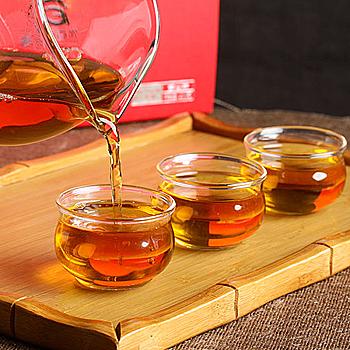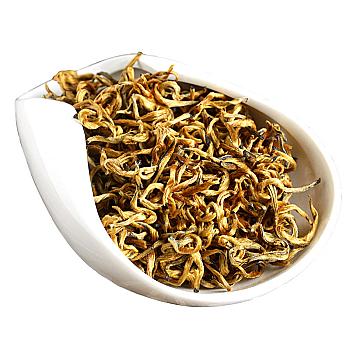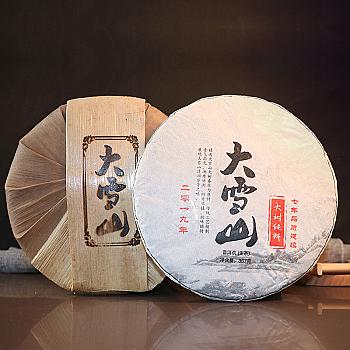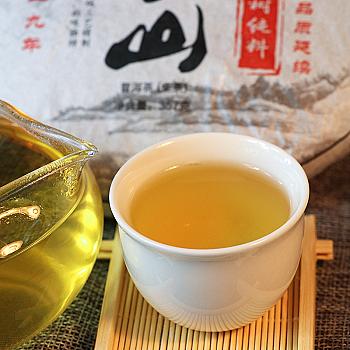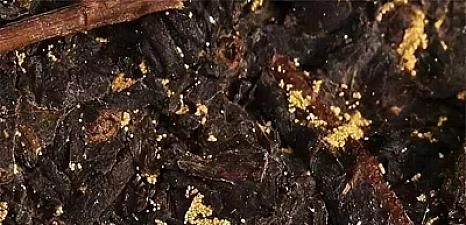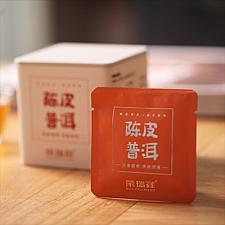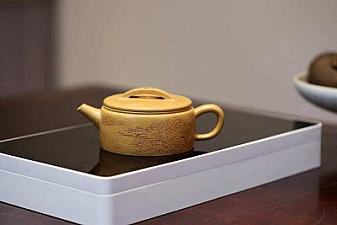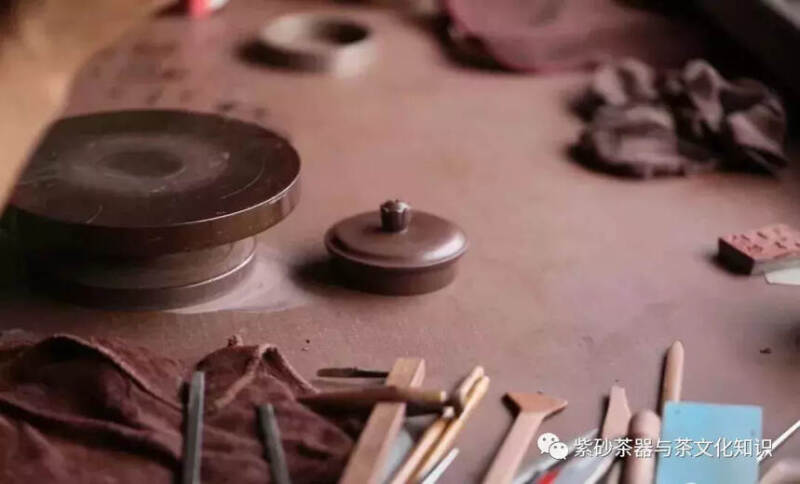
Do you know these cold facts about celadon?
August 17, 2025
A general glass vessel is about three or four days to make. If only five or six tools are used, it can also be made, but the "flavor" of a hundred and more tools cannot be done. Xu Hantang made one "duguo" pot, including a seal, with as many as 118 tools.
Generally, a light craftsman can make one in three or four days. If only using five or six dozen tools, it can be made, but cannot create the "flavor" of making more than a hundred varieties of tools. Xu Hansong makes a 'pick-up' pot, including a logo, with as many as 118 tools used.

Like the "dial", there are large and small ones, the body of the pot is a large dial, the lid is a small dial. Like "grips", the shoulder of the pot is one type, the belly is in between, the bottom is one type, and the transition places also have a special tool for each. The "rake" and "bright needle" are like that too, each place has corresponding tools.
Using the same teapot, its shape will change during the making process because of the varying moisture levels. The body shrinks and lines are distorted, so I must adjust my tools accordingly. If it's not done with precision, the details won't be visible at all. That is a taboo for an artisan.
What is the opposition and unity of Zisha Pot?
Ceramic artisans handle the proportion relationship and form transformation of craftsmanship in two ways:
One is repetition, in unity seeking change. Use same-class figures and lines of different sizes and lengths to design shapes. For example, the body, lid, and handle of the "picking ball" teapot are all spherical bodies; the "twin rope drum" teapot is composed of arcs of the same nature but opposite direction.

Secondly, contrast is the combination of extreme forms such as curves and straight lines, large and small bodies, wide and narrow mouths, virtual and real spaces, bright and dark glazes, etc. Contrast can enrich modeling, for example, "line circle level mouth" vase, and "Qinquan" vase, on curved body installed straight form spout, strong contrast. The tripod vase uses the contrast between real and virtual space to enhance modeling effects.
What is the difference between "reflection" and "luminosity"?
High-quality clay added to just the right temperature of fire will reflect a glowing color in natural light, commonly referred to as "glow". The more abundant the glow, the better the quality of the clay.

After being injected with boiling water, the mud in the kettle will turn dark, commonly known as "color change". The larger the color change, the better the mud quality.
What small experience can be used to judge the age of a Zuchun pot?
During the mid-Qing period, most of them were over 140ml; if they are below 60ml, then it is likely a work from the end of Qing or after.
In the middle of Qing dynasty, both Hunpo and Gongdun had some quality, but only in later times, during Jiaqing to Daoguang periods did they begin to use bamboo whisks for polishing inside bottoms.
(3) Generally speaking, the spout of the lid before the Daoguang era was not long, and there were "horizontal" characters inside the lid, the earliest of which dates back to 1833 (Daoguang 13).
(In early Qing era, the position of the teapot's handle was higher and gave a sense of being lifted upward.)

How can we determine if a "Gu Jingzhou Hu" is genuine from its markings?
He used many seals in his lifetime and each of them has a beginning date which can help determine its authenticity.
"Mo yüan ts'ai", "mo yüan ts'ai ching t'ang tz'u-ching chi," "ching chou," and "wu ling i-jen" were used beginning in 1932; "paithi hsuan shih-tsze," "t'o erh icha yen wei wo fu," "ch'u wu so ho yen er lao yian," "man-hsi," and "man-hsi tao-yi" were used beginning in 1942; "hsüan p'ing" and "lao p'ing" were used beginning in 1944; "ching nan shan chou" and "ching shan hu yen" were used beginning in 1948; "ch'u mo kuan cha," was used beginning in 1955; "ching chou shih-pa hou tz'u tsze," was used beginning in 1984.


What's the story behind the legendary "Fengming Hu" (Phoenix Singing Vase) and "Chu Xiaohu" (Blowing Flute Vase)?
The phoenix sounds a call, and the pipes sound a melody. It looks beautiful and mysterious when put in a teapot. In fact it's just a gimmick spread by well-wishers to increase the price of a Yixing teapot.
A good teapot should dispense water like a column, flowing smoothly and steadily into the cup. The flow pattern is affected by factors such as the teapot's shape, pipe type, flow direction, pipe wall thickness, pipe roughness, spout size, mesh opening form, mesh hole diameter, effective area of the spout, and lid vent hole.

When pouring out the soup, the teapot body is in a state of negative pressure. Air enters through the air holes on the lid to supplement it. If there are intermittent jumps or twisting water flow accompanied by "tsutsu" sound when pouring, or the water flow turns and flowers in the cup accompanied by "zizi" sound, the main reason is that the hole diameter of the air holes is too small, forming intermittent "air congestion", making it difficult for air to enter the teapot.
The so-called "Feng-ming" teapot, "blowing the shawm" teapot, are all due to the air holes being too small, but good things are taken as a pride, and boast of "can meet cannot seek", often misleading beginners.
